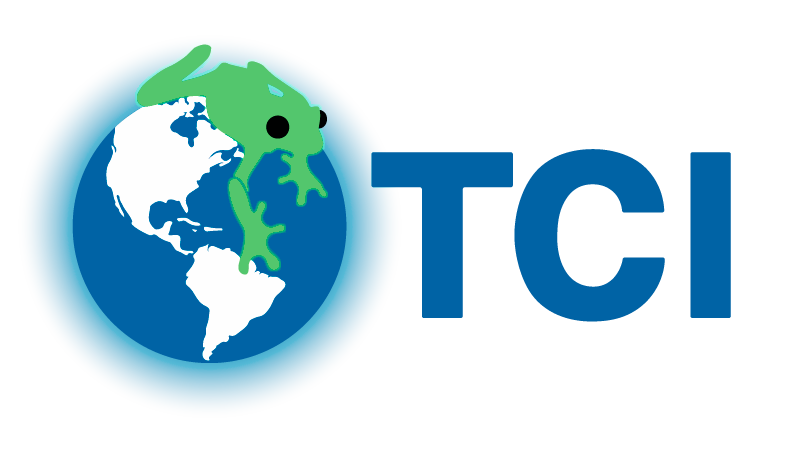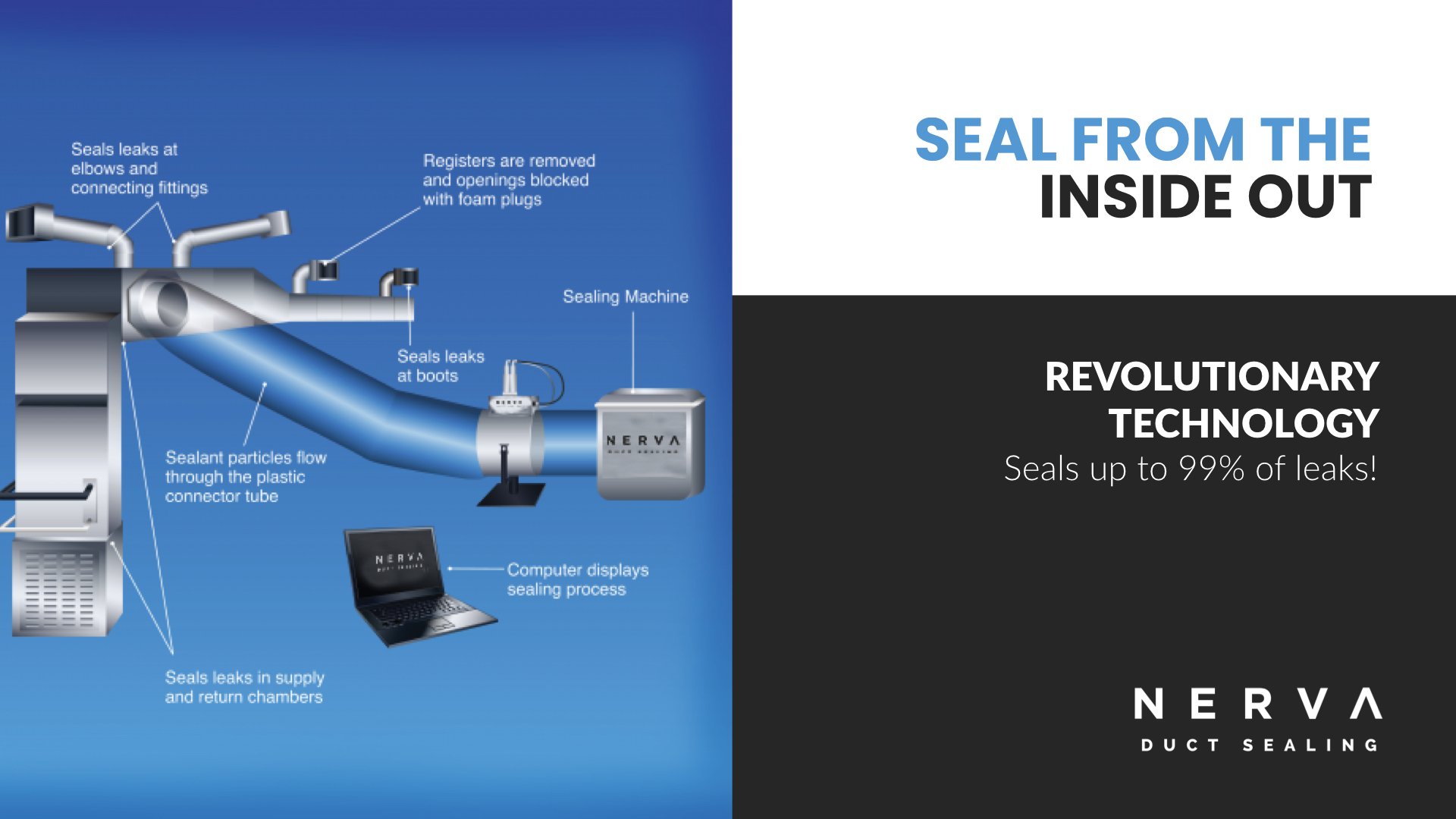
Cleaner Air for Schools
More Air
More Savings
Less Carbon
25-40%
MORE AIR
12-15%
MORE SAVINGS
18-30%
LESS CARBON
Ventilation air leakage is costing you more energy and money to operate school facilities
Did you know?
Ventilation represents 50-65% of your total energy spent to heat and cool school facilities. The unknown fact is that all buildings, new or old, lose 20-35% of their ventilation thorough leaks in the ductwork infrastructure.
This translates into
Higher energy cost
Increased greenhouse gas emissions
Indoor air comfort challenges and compromised indoor air quality
The solution
The Ventilation, Repair, Seal & Optimization Program application is a deliberate, proven and, measurable approach that has been deployed in over 10,000 projects across North America.
The Cleaner Air for Schools utilizes a turn-key 5 step process led by a qualified, experienced team of engineers and HVAC technicians who conduct pre and post audits, repair and seal air ducts to deliver a recommissioned ventilation system that delivers optimal efficiency and a detailed performance report. With very little time and attention from you and your team and no disruption to academic programming, the Cleaner Air for Schools program delivers the ability to increase airflow where needed, along with energy and GHG savings opportunities that help future-proof your schools.
The outcome
Reduce energy cost by 12-15% of total energy budget
Reduce greenhouse gas emissions by 18-30%
Extend the lifespan of your equipment
Improve indoor air quality and wellness

Key Benefits
Affordability
Simple paybacks in the range of 5-8 years
Environmental
Reduced carbon
footprint
Safe and Effective
UL certified, meets health &
safety accreditations
Energy Savings
Fiscal reduced
operating costs
Student & Staff Wellness
Enhanced Quality of the Teaching
& Learning Environment
Equipment Lifespan
Better operating equipment over time
Available Incentives
Both Enbridge and the IESO are offering incentives to cover up to 50% of total project costs. Details available upon request
How to purchase?
NO TENDER REQUIRED – OECM APPROVED
OECM’s Commercial Ductwork Sealing and Related Services agreements provide access to a range of ductwork sealing and related services suitable for various buildings including schools, colleges, universities, municipal buildings, and more.
Ventilation Repair, Seal & Optimization Program
Ventilation represents 50-65% of your total energy spent to heat and cool facilities. The unknown fact is that all buildings, new or old, lose 20-35% of their ventilation thorough leaks in the ductwork infrastructure.
Video Centre
Duct Leakage is a prominent issue for the commercial building industry. As you see here, ASHRAE estimates that most commercial buildings have duct leakage between 10-25%, which a recent study has quantified it as an $2.9 billion dollar problem annually. In essence, duct leakage directly impacts the quality of your indoor air by contributing to cross-contamination issues that allow allergens, and viruses to travel throughout the facility. Naturally, this can be very problematic in educational and healthcare facilities where outbreaks can happen quickly.
ALL BUILDINGS have leaky ductwork simply based of how ductwork is built and installed… and on top of that we are faced with the increased challenge of servicing older buildings that have mechanical and ductwork deficiencies that are gravely affecting their ability to deliver the right volume of air to each space. As a result, building operators are wasting energy, incurring unnecessary maintenance costs, and reducing the lifespan of their mechanical equipment. But ABOVE ALL, this current pandemic and has shed light on the importance of indoor air quality and how we should all strive to provide healthy buildings. This technology just hits on all the right points. First of all, its practically the only solution that does not require any building or business disruption, and it is the most cost-effective way we’ve found as engineers to increase airflow and reduces cross contamination. What we love about it the most is that it effectively eliminates energy waste, reduces your ongoing utility costs, and helps to eliminate greenhouse gas emissions – we know 33% of emissions in buildings come from ventilation.
Our Duct Sealing Program is a 5-Phase implementation strategy that was developed to give you full sight of the project, while also providing each facility with vital information such as mechanical inspections and deficiency reports, testing and reporting on your existing air volume capacity, and a tailored engineered solution for each specific facility. Nerva Energy remediates ductwork infrastructure and seals the ductwork itself from the inside out to virtually eliminate air leakage and all of the issues associated with it. All of our work is validated by Nerva Energy which allows us to provide you with a comprehensive energy report at the end of each project that will highlight your building’s pre and post airflow and air exchange rates, as well as all of the remediation work that was done in the facility to achieve the final results.
Nerva Energy trained technicians perform the HVAC and aerosolized duct sealing components of the program.
Phase 4, the post project audit provides measurement and validation, which are later captured in the comprehensive energy report we discussed earlier.
And finally, communication is a big part of what we do. We have a complete department dedicated to assisting you with project communications. This includes reporting back to executives, communicating with the staff, students, community or the media.
Our Advisors
-

Tony Cupido
Research Chair, Sustainable Building Technologies at Mohawk College
-

Roger Holliss
Healthcare Advisor at TCI,
Past Integrated Director of Engineering at St. Mary’s General Hospital,
Past President at CHES -

Wayne Joudrie
Executive Director at PCODE (2011-2019),
Director of Education at Halton DSB (2005-2019),
and Grand Erie DSB (2003-2005) -

Sonia Crook
Vice President, Human Resources, Strategic Planning and Student Services at FLeming College (2004-2018)
-

Dominic Maiaccia
Retired Facilities Manager at Grand Erie DSB,
Education Advisor at TCI -

Bill Hogarth
Director of Education at York Region DSB (1993-2009)
-

Larry Hope
Director of Education at Trillium Lakelands DSB (2009-2020),
and Keewatin-Patricia DSB (2008-2009) -

Tony Tilly
President at Fleming College (2004-2018)
Duct Sealing Can Help with Operational Costs
Duct sealing is helping building owners and operators in our communities to solve air flow issues – reduce energy consumption and greenhouse gas emissions – and optimize new construction. We are starting to see more and more engineers specify duct sealing as a base part of their designs, because they realize that it is a common-sense measure include. It takes the guesswork out of equipment sizing, allowing for a more optimal design, while simultaneously guaranteeing that the operation air handling systems and the associated duct work will comply with their intentions once the building is powered up. Both of those benefits, combined with the lower usage of energy and reduced greenhouse gas emissions in order to satisfy the needs of the space and the users of the buildings, and no incremental increase to overall construction costs, produces a true win-win scenario.

-
Duct-sealing: A cost effective building measure to a) improve airflow and b) reduce energy costs and carbon.
Improves ventilation by up to 35% while decreasing energy use
Ensures that all of the air supplied and returned through the ventilation system is delivered to the spaces that people occupy in buildings (rather than leaking into ceilings and otherwise unoccupied mechanical spaces); and
Increases the effective air dilution rate within the building, which means that droplets with viral particles are more likely to be removed, filtered and dissipated, thereby reducing the risk of cross-contamination
Learn more about these proven new technologies and how to Educate Your Staff about their use.
-
As you consider how to mitigate airborne and surface-based transmission of COVID-19 to provide a safe, healthy learning and working environment, you will need additional information.
Mohawk College has developed expertise and an applied research focus relevant to these technologies: the college is now working with three school boards that are installing these new systems and assessing their effectiveness in schools. Mohawk and Nerva will provide a future educational webinars on the process, technology and test results of these breakthrough air-quality solutions.
To join the mailing list to receive information on upcoming webinars, please contact mcresswell@thomascoleinc.com
Ventilation Repair, Seal & Optimization Program
Ventilation represents 50-65% of your total energy spent to heat and cool facilities. The unknown fact is that all buildings, new or old, lose 20-35% of their ventilation thorough leaks in the ductwork infrastructure.























